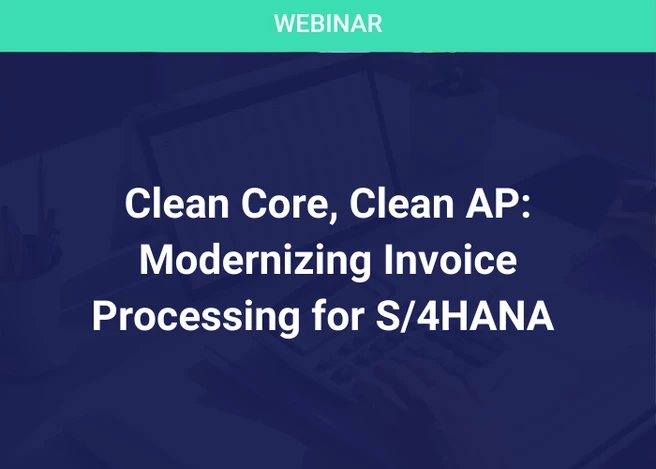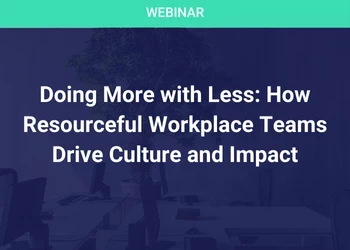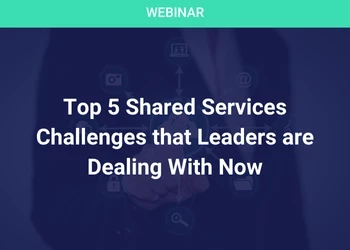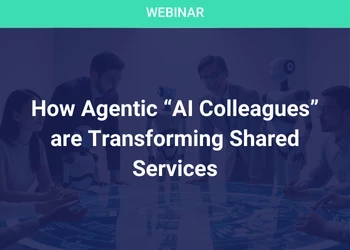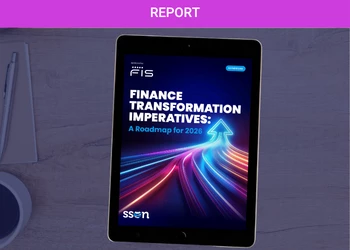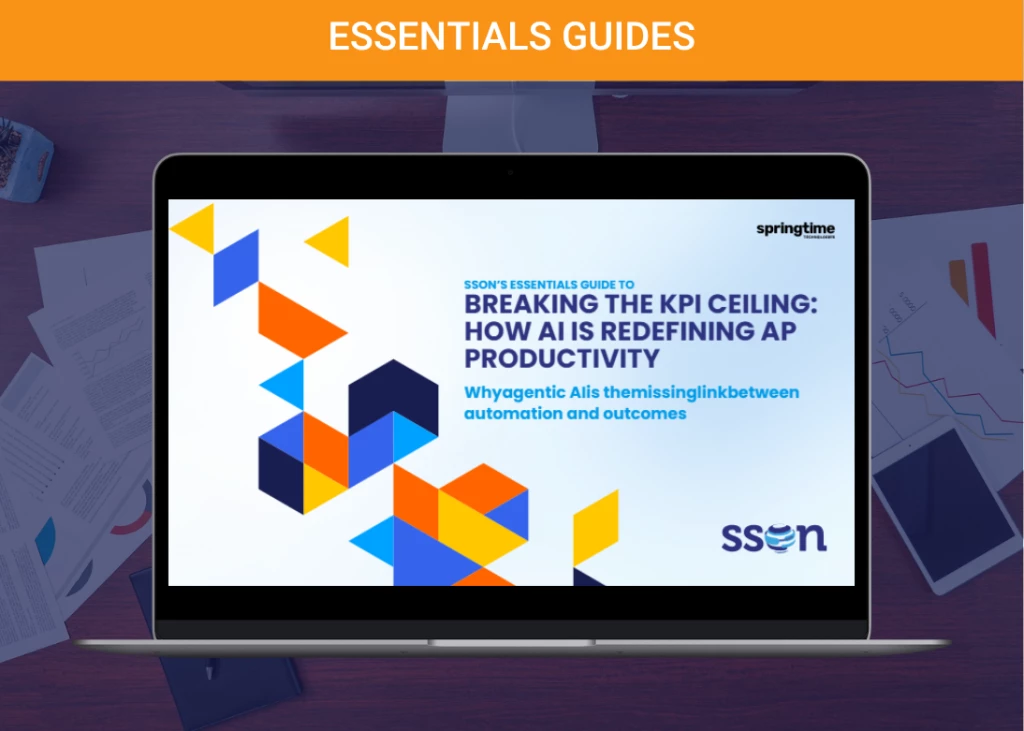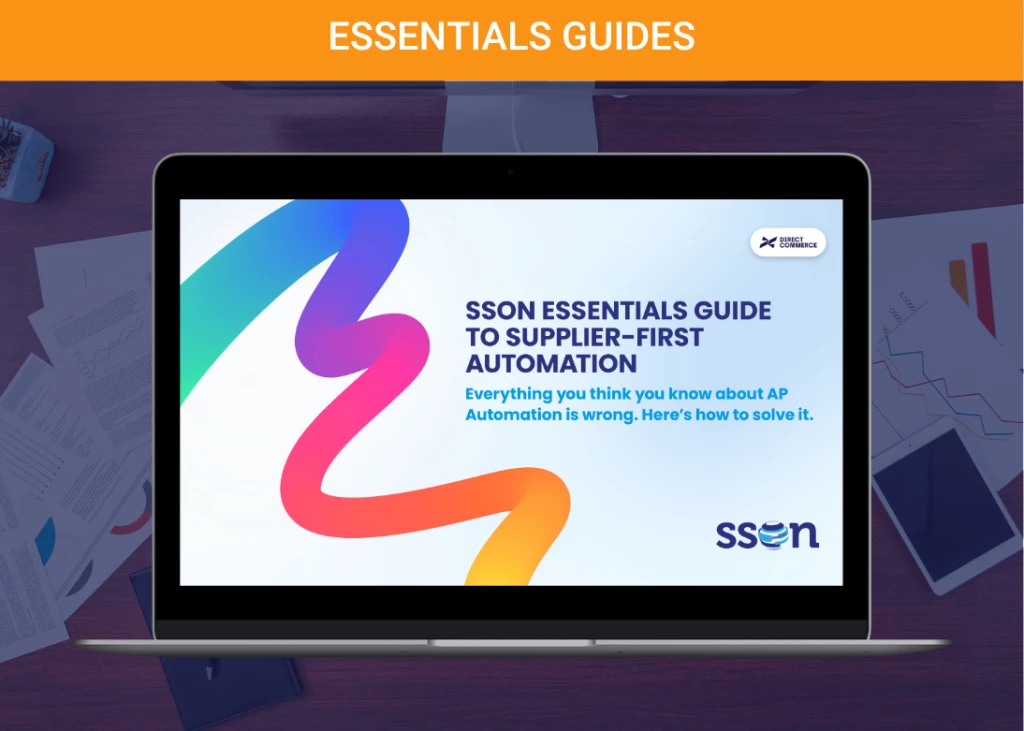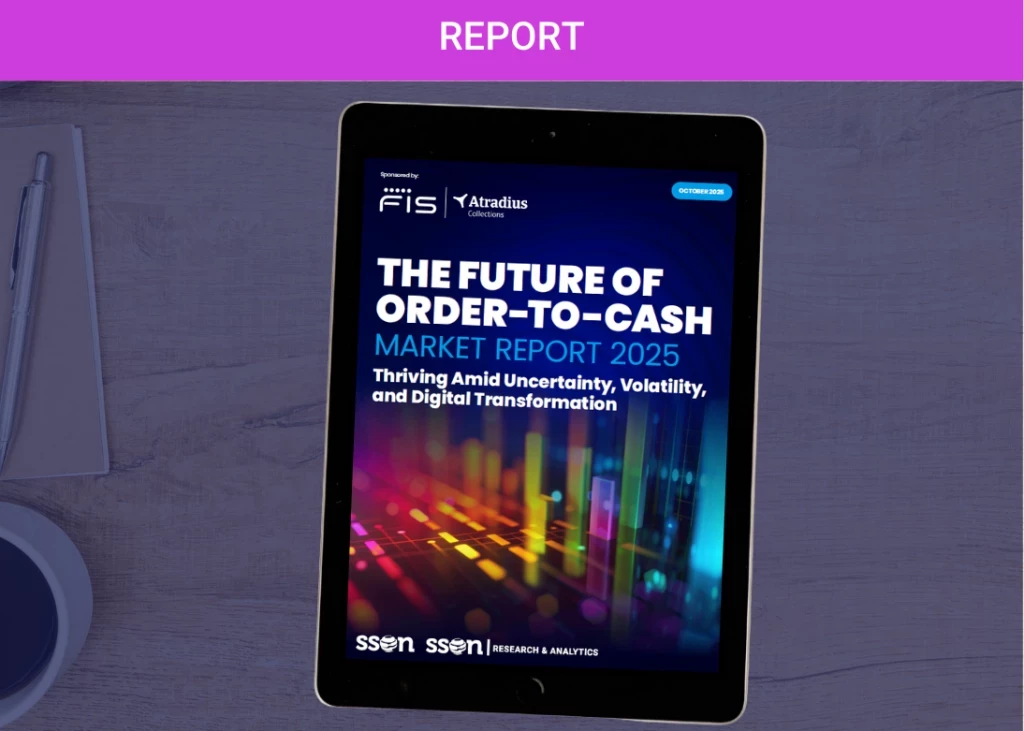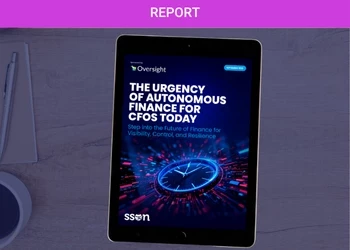The New KPIs: How Adaptability Is Overtaking Tenure in GBS Roles
Why adaptability is becoming the defining metric for success in global services
Add bookmark
The New KPIs: How Adaptability Is Overtaking Tenure in GBS Roles
Redefining Performance in a Changing Landscape:
In today’s Global Business Services and rapidly evolving Global Capacity Centers, the nature of performance is undergoing a profound shift. The traditional markers of success were years of service, seniority, and title progression. That once offered a stable, safe place for professional growth, markers giving organizations a framework for succession, and a predictable way to measure advancement. However, stability has become an incomplete indicator in a world shaped by constant transformation, especially with value driving the conversation. Across industries, and particularly within global services, that shift is more than a trend; it is a structural realignment. The accelerated pace of technological change, the rise of AI-infused workflows, and the expansion of hybrid work models have pushed organizations to confront an uncomfortable but necessary truth: what once defined competence is no longer sufficient to ensure relevance.
In this new landscape, adaptability is emerging as a defining metric. It has moved from the margins of leadership assessments into the center of organizational success. Today, professionals are expected not only to learn quickly but to unlearn assumptions just as fast. They are being asked to lead in contexts that evolve faster than formal training can keep up with, and to make decisions that cross functions, cultures, and systems. Adaptability, once framed as a personality trait, is now being redefined as a core business capability. Not the opposite of experience, but really a step further. The question that matters is no longer, "How long have you been here?" but rather, "How effectively can you grow here?"
Experience Outside the Lines:
Before I stepped into the corporate world, before I knew what shared services were or what “change management” meant, I had already encountered the seeds of change elsewhere. For a teenager living in a coastal town in Brazil, the world outside my immediate surroundings could only be understood by moving pictures. There was this scene from a movie with Dustin Hoffman, where he walked into a building and asked for a job, just like that. I went to a local newspaper and did the same - nobody stopped me, nobody kicked me out, and ten minutes later got a short-term role. From that point, something took root. They assigned me to classifieds, those small, blocky ads, often overlooked by readers, and taught me a discipline that would later become essential in business. Making meaning with limited space and under constant pressure, and more, finding opportunities not from credentials or pedigree, but rather from initiative.
That moment didn’t just start my career; it set me on fire. Without even the right degree or
the resume, I could step up to any challenge, listen carefully, contribute, and learn fast. In
many ways, those are still the metrics that matter most.
Why Tenure No Longer Predicts Impact:
One of the most pivotal lessons I learned during that first job didn’t come from a manager or a rising star. It came from a tired man who had worked at the newspaper for decades. He was an illustrator, technically skilled, deeply experienced, and profoundly disengaged. How things worked, the layout systems, the production flow, all were shared without any energy. What once had probably been a passionate employee had long since been covered in dust and spider webs.
His presence was instructive in a way that transcended advice. It taught me that longevity does not automatically produce insight, and that presence without engagement turns people into the living dead. While others in the same space brought creativity, agility, and grit, he was a cautionary tale that years of service without evolution can slowly hollow out even the most talented individuals. Over the next year and a half, that world with its rhythms, its unwritten rules, and its people became like a second house. The newsroom was messy, often chaotic, but at times profoundly human. Resources were scarce, tempers were short, and the building always smelled of petroleum-based ink. Yet amid that disorder, the paper got printed, day after day. Deadlines were met, ideas circulated, and everyone had a role to play. What I took from that experience was more than a resume bullet. It was a principle that value is not created by time served, but by the ability to respond and contribute when it counts most. That idea would become essential as I moved into more structured corporate environments, where tenure was often used as a shorthand for credibility. I came to see that while experience is important, it is adaptability, the ability to change with change, and that ultimately determines impact.
Measuring Adaptability as a KPI:
Today, we find ourselves in a corporate era that prizes agility but often lacks a clear framework for how to recognize and reward it. Executives speak of adaptability as a strategic imperative, but many organizations still cling to evaluation systems built around linear paths and static roles. This is particularly true in global services, where transformation is constant but assessments remain anchored in outdated models. So, how do we measure adaptability in meaningful ways? It can start with a shift in perspective. Career movement is not a sign of instability, but versatility. Metrics should capture how individuals learn across contexts, how they contribute beyond formal responsibilities, and how they maintain relevance amid change. Indicators like cross-functional collaboration, learning velocity, and comfort with ambiguity are becoming more predictive than titles or years in role.
Over time, my reward was seeing adaptability recognized not through a performance review but through the people who saw me standing up. A young female reporter stood up for me and adopted me like a stray cat, and a technician in the printing room explained how ideas turned into printed words. And then there was my boss, a woman with a raspy voice who watched more than she spoke. When she handed me my first paycheck, it wasn’t just recognition; she saw me showing up, taking risks, and learning on the fly to create value, even if it wasn't officially labeled as such.
In today's context, that still matters, and led me years later to design development programs exploring potential in motion. Recognition should follow action when employees take initiative, adapt to new systems, or lead through uncertainty. Those moments should be captured, celebrated, and built upon.
Implications for Workforce Planning:
The professionals shaping GBS today are not just those who have stayed the longest; they offer, of course, years of experience, but those who have moved the most meaningfully are moving the gears. Those transitioning across domains, navigating turbulent waters, and different organizational cultures contributed to transformation projects that had no playbook. They carry not only the muscle memory of learning under pressure but the wisdom that comes from seeing systems up close and from multiple angles. Organizations that want to future-proof their operating models must rethink how they build, assess, and advance talent. Workforce planning cannot rely solely on linear paths or siloed expertise. Career architectures should allow for lateral movement, stretch assignments, and nontraditional growth trajectories.
Job descriptions should serve as starting points, not boundaries. Talent reviews should prioritize learning agility over title accumulation. And succession planning should emphasize breadth of perspective over depth of tenure. Tenure still has a lot of value to offer, of course. Institutional memory, stakeholder relationships, and deep technical knowledge all contribute to stability. But tenure must be paired with curiosity. It must evolve alongside the systems it supports. Otherwise, it risks becoming a comfort zone rather than a compass.
Across GBS, we’re seeing a new generation of professionals who are building careers not as ladders, but as constellations. They move across domains, take lateral roles that open new horizons, and switch industries with minimal friction. These movements are not random. They are intentional, often guided by curiosity and courage rather than certainty. This new approach requires a shift in how organizations think about talent. Job descriptions must become more fluid, career paths more versatile. Rigid tracks must give way to lattices where growth happens diagonally as often as vertically. Leadership development should prioritize self-direction, adaptability, and learning agility over static experience. This doesn’t mean that tenure has no value. It simply means that tenure without reinvention can become inertia. The goal is not to disregard loyalty, but to reframe it as loyalty to learning and showing up differently as the world changes, bringing value in new ways over time. There’s a big task to design systems, identifying potential not just by what someone has done, but by what they are willing and able to do next. New environments can be built where psychological safety supports experimentation, and where stretch roles are offered as investments, not tests.
Leadership Imperative: Creating Cultures of Agility:
When I left the newspaper, it was not because I had mastered the role, but because of an instinct to explore, to shift gears, to chase the next challenge that was taking root, and guided many of my decisions since. In conversations with colleagues across the world, I am not alone. There are echoes of this same restlessness, stories of engineers who became product managers, of marketers who moved into operations, of analysts who now lead strategy. These are not anomalies. They are becoming the norm in high-functioning, future-ready teams. As leaders, our role is not to standardize people into predetermined molds, but to recognize and support these trajectories. We must build cultures that normalize exploration and honor adaptability. That means celebrating people who switch tracks, reinvent themselves, or challenge the very structure they were hired into. Adaptability should not be a response to a crisis. It should be a way of working. A belief that movement is valuable, and that success is found not just in mastery, but in the willingness to evolve. To gain more excellent insights from our SSO Network, please join us for our upcoming Intelligent Document Processing Virtual Summit.


